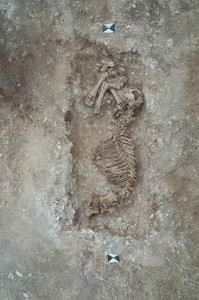The Yasuní National Park in Ecuador is apparently the mother of all biodiversity hotspots, “home to the most diverse array of plants and animals in South America and possibly the planet.” And not only that, it may actually continue to be so, unlike many other protected areas.
There are hints that the park could have extra conservation value in a warming world. Yadvinder Malhi, an ecologist at Oxford specializing in the Amazon, said that nearly all climate models simulating the impacts of global warming show the area staying wet even as other parts of the vast basin get drier.
Yeah, but has it got any crop wild relatives, I hear you ask. Well, I asked our friend Julian Ramirez at CIAT, who works with Andy Jarvis. Alas, only one species turns up in Yasuní from the genera of the main South America crops for which he has a decent number of geo-referenced observations (Arachis, Solanum, Phaseolus and Manihot): Manihot brachyloba. Andy, who did his PhD in Yasuní, says he also saw wild cacao and pineapples there. No doubt Julian is putting together the data for those genera as we speak.
Yasuní is of course in the Amazonian lowlands. Wild relatives of Phaseolus and Solanum are in other, nearby protected areas in the Ecuadorian Andes. But that’s another story. For this one: thanks, Julian.

